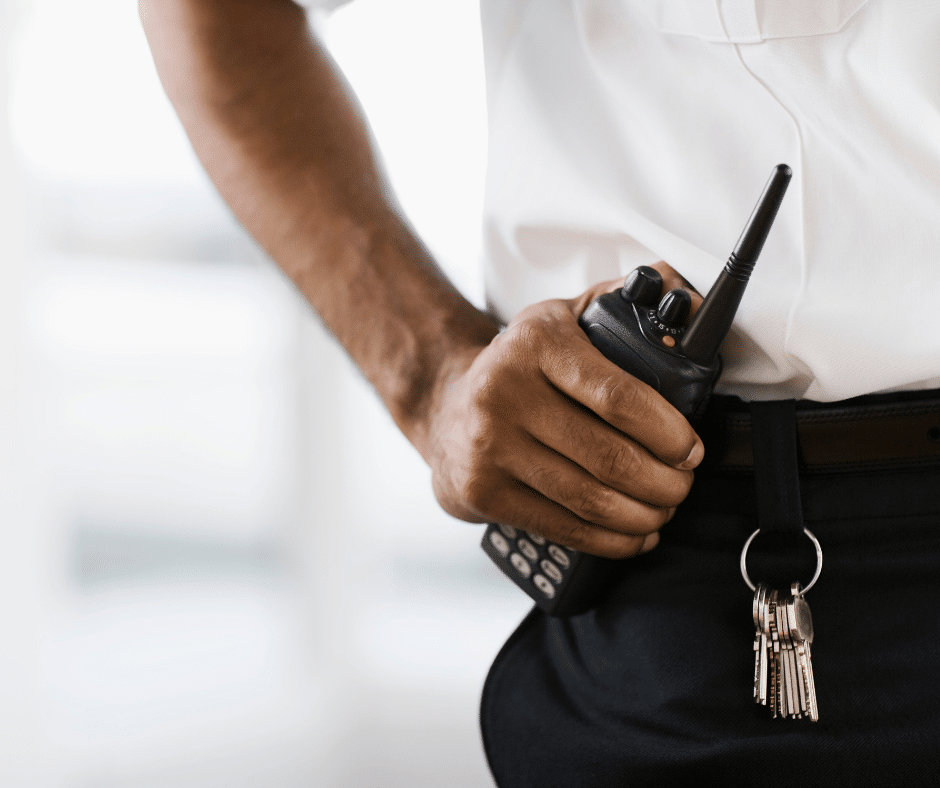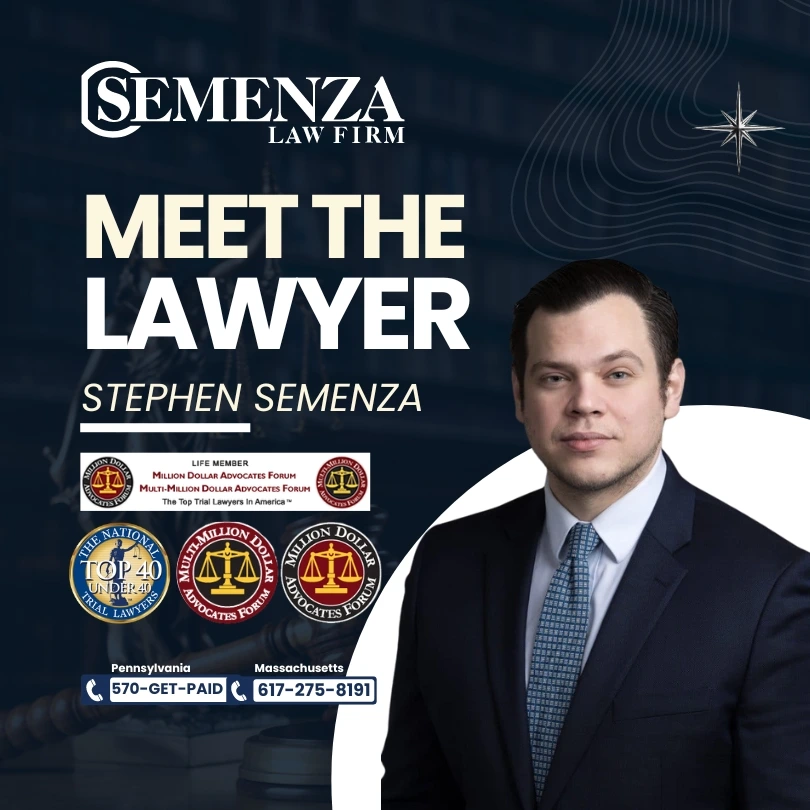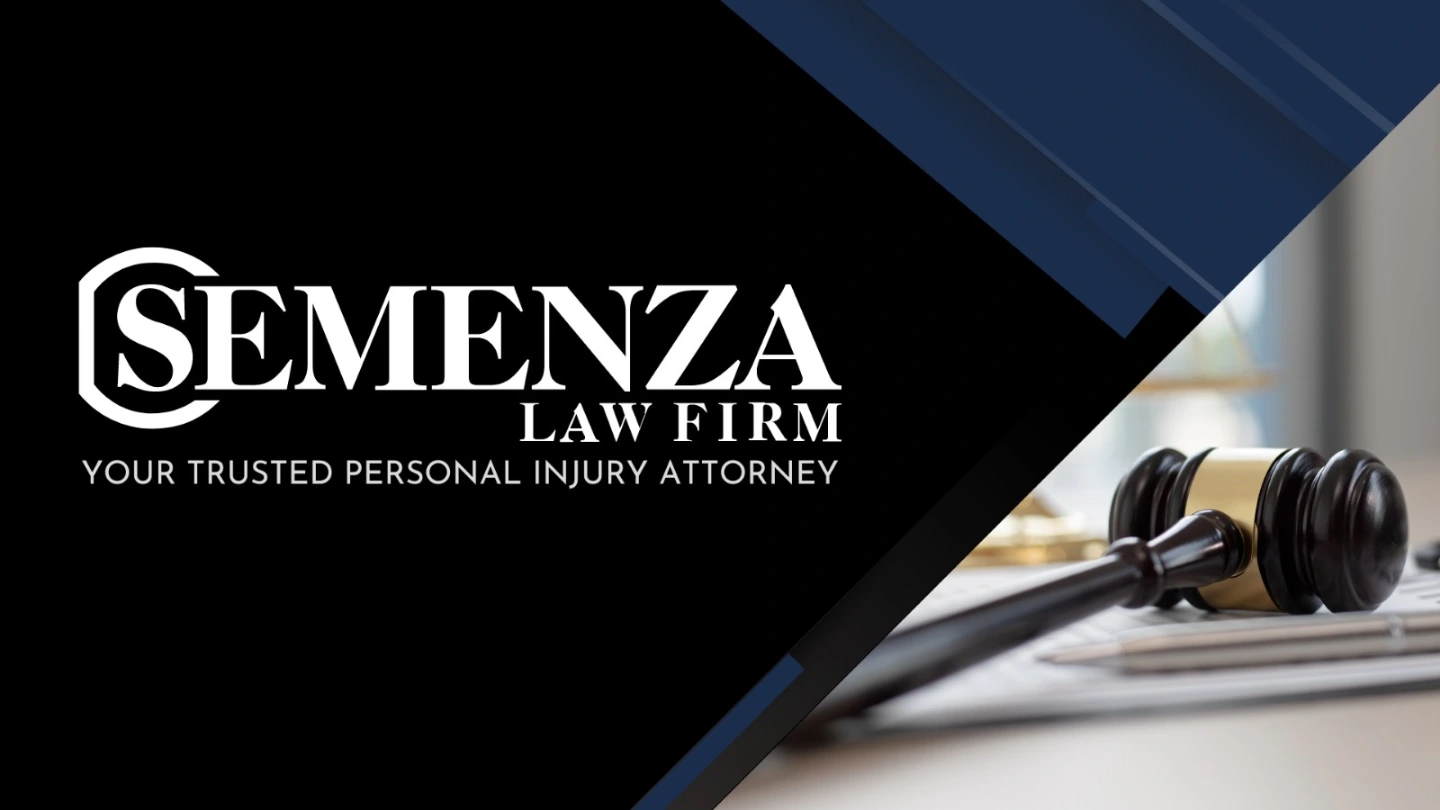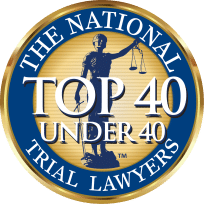Negligent security occurs when property owners fail to implement adequate security measures to protect individuals from foreseeable harm. This negligence can result in serious injuries or even fatalities due to assaults, robberies, and other criminal activities. At Semenza Law Firm, our skilled negligent security attorneys are committed to helping victims hold property owners accountable and secure the compensation they deserve.
Navigating a negligent security claim can be complex and requires a thorough understanding of both premises liability law and criminal conduct. An experienced negligent security lawyer can effectively gather evidence, build a strong case, and advocate on your behalf. At Semenza Law Firm, we have the expertise and dedication to provide comprehensive legal representation for victims of negligent security.

Negligent security refers to the failure of property owners to take reasonable steps to protect individuals from foreseeable criminal acts. This can include inadequate lighting, lack of security personnel, or failure to repair broken locks.
To establish a negligent security claim, it must be proven that the property owner owed a duty of care to the victim, breached that duty by failing to provide adequate security, and that the breach directly caused the victim’s injuries.
Residential complexes with inadequate security measures, such as broken gates, non-functioning security cameras, and lack of security personnel, can lead to increased risks of crime.
Businesses such as hotels, bars, and restaurants must implement proper security measures to protect patrons. Failure to do so can result in liability for any harm caused by criminal activities on their premises.
Property owners have a legal obligation to provide a safe environment for visitors and tenants by implementing reasonable security measures.
A breach occurs when property owners fail to take appropriate security measures, such as fixing broken locks or hiring security personnel.
It must be demonstrated that the property owner's failure to provide adequate security directly led to the victim's injuries.
Victims can seek compensation for various damages, including medical expenses, lost wages, pain and suffering, and emotional distress.
Collecting evidence is crucial in proving negligent security. This includes obtaining incident reports, surveillance footage, and maintenance records.
Surveillance footage and witness testimonies can provide critical evidence of the security lapses and the circumstances leading to the incident.
Security experts can testify on the adequacy of the security measures in place and how they failed to prevent the crime.
Detailed documentation of the security failures, such as broken lighting or lack of security personnel, is essential in building a strong case.

Our attorneys specialize in negligent security cases and have a deep understanding of the legal complexities involved. We are dedicated to providing expert legal representation to our clients.
We have successfully represented numerous clients in negligent security cases, securing significant settlements and verdicts. Our commitment to achieving favorable outcomes is reflected in our results.
At Semenza Law Firm, we provide personalized attention to each client. We tailor our legal strategies to meet your unique needs and circumstances, ensuring you receive the best possible representation.

During the initial consultation, we will discuss the details of your case, answer any questions you may have, and provide an honest assessment of your legal options.

Our team will conduct a thorough investigation, gathering evidence such as surveillance footage, witness statements, and maintenance records to build a strong case.

Based on our investigation, we will develop a robust legal strategy to support your claim. This may involve demonstrating the property owner's negligence and linking it to your injuries.

We will negotiate with the responsible parties and their insurers on your behalf to secure a fair settlement. Our goal is to maximize your compensation while avoiding the need for a lengthy trial.

If a fair settlement cannot be reached, we are prepared to take your case to trial. Our experienced trial attorneys will present a compelling case to ensure your rights are protected.

Victims of negligent security may be entitled to various types of compensation, including:
At Semenza Law Firm, we are committed to maximizing your compensation. We thoroughly evaluate all aspects of your case to ensure that no detail is overlooked. Our attorneys work tirelessly to build a strong case, leveraging our expertise and resources to secure the best possible outcome for you. Learn more about us today!
Evidence such as surveillance footage, witness testimonies, incident reports, and maintenance records can help prove negligent security. Expert testimony may also be necessary.
Yes, if the assault occurred due to inadequate security measures, such as poor lighting or lack of surveillance, you may have a valid negligent security claim.
The statute of limitations for filing a negligent security claim varies by state. It is important to act quickly to preserve evidence and protect your legal rights.
You can recover various types of damages, including medical expenses, lost wages, pain and suffering, and property damage.
While it is possible to handle a claim on your own, having an experienced negligent security attorney significantly increases your chances of securing a fair settlement.
At Semenza Law Firm, we work on a contingency fee basis, meaning you do not pay any upfront fees. We only get paid if we secure compensation for you.
If the property owner denies responsibility, our attorneys will conduct a thorough investigation, gather evidence, and build a strong case to prove liability.
The time it takes to resolve a negligent security case varies depending on the complexity of the case and whether it goes to trial. Some cases can be settled in a few months, while others may take a year or more.
We are here to provide you with the legal support and expertise you need to secure the justice and compensation you deserve.
Nationwide Service: Wherever you are, Semenza Law Firm is here to help. Call either of our locations, fill out a form, or email us at stephen@ssemenzalaw.com.





Quick Links
Ssemenza Law
We firmly believe that the internet should be available and accessible to anyone, and are committed to providing a website that is accessible to the widest possible audience, regardless of circumstance and ability.
To fulfill this, we aim to adhere as strictly as possible to the World Wide Web Consortium’s (W3C) Web Content Accessibility Guidelines 2.1 (WCAG 2.1) at the AA level. These guidelines explain how to make web content accessible to people with a wide array of disabilities. Complying with those guidelines helps us ensure that the website is accessible to all people: blind people, people with motor impairments, visual impairment, cognitive disabilities, and more.
This website utilizes various technologies that are meant to make it as accessible as possible at all times. We utilize an accessibility interface that allows persons with specific disabilities to adjust the website’s UI (user interface) and design it to their personal needs.
Additionally, the website utilizes an AI-based application that runs in the background and optimizes its accessibility level constantly. This application remediates the website’s HTML, adapts Its functionality and behavior for screen-readers used by the blind users, and for keyboard functions used by individuals with motor impairments.
If you’ve found a malfunction or have ideas for improvement, we’ll be happy to hear from you. You can reach out to the website’s operators by using the following email
Our website implements the ARIA attributes (Accessible Rich Internet Applications) technique, alongside various different behavioral changes, to ensure blind users visiting with screen-readers are able to read, comprehend, and enjoy the website’s functions. As soon as a user with a screen-reader enters your site, they immediately receive a prompt to enter the Screen-Reader Profile so they can browse and operate your site effectively. Here’s how our website covers some of the most important screen-reader requirements, alongside console screenshots of code examples:
Screen-reader optimization: we run a background process that learns the website’s components from top to bottom, to ensure ongoing compliance even when updating the website. In this process, we provide screen-readers with meaningful data using the ARIA set of attributes. For example, we provide accurate form labels; descriptions for actionable icons (social media icons, search icons, cart icons, etc.); validation guidance for form inputs; element roles such as buttons, menus, modal dialogues (popups), and others. Additionally, the background process scans all the website’s images and provides an accurate and meaningful image-object-recognition-based description as an ALT (alternate text) tag for images that are not described. It will also extract texts that are embedded within the image, using an OCR (optical character recognition) technology. To turn on screen-reader adjustments at any time, users need only to press the Alt+1 keyboard combination. Screen-reader users also get automatic announcements to turn the Screen-reader mode on as soon as they enter the website.
These adjustments are compatible with all popular screen readers, including JAWS and NVDA.
Keyboard navigation optimization: The background process also adjusts the website’s HTML, and adds various behaviors using JavaScript code to make the website operable by the keyboard. This includes the ability to navigate the website using the Tab and Shift+Tab keys, operate dropdowns with the arrow keys, close them with Esc, trigger buttons and links using the Enter key, navigate between radio and checkbox elements using the arrow keys, and fill them in with the Spacebar or Enter key.Additionally, keyboard users will find quick-navigation and content-skip menus, available at any time by clicking Alt+1, or as the first elements of the site while navigating with the keyboard. The background process also handles triggered popups by moving the keyboard focus towards them as soon as they appear, and not allow the focus drift outside it.
Users can also use shortcuts such as “M” (menus), “H” (headings), “F” (forms), “B” (buttons), and “G” (graphics) to jump to specific elements.
We aim to support the widest array of browsers and assistive technologies as possible, so our users can choose the best fitting tools for them, with as few limitations as possible. Therefore, we have worked very hard to be able to support all major systems that comprise over 95% of the user market share including Google Chrome, Mozilla Firefox, Apple Safari, Opera and Microsoft Edge, JAWS and NVDA (screen readers).
Despite our very best efforts to allow anybody to adjust the website to their needs. There may still be pages or sections that are not fully accessible, are in the process of becoming accessible, or are lacking an adequate technological solution to make them accessible. Still, we are continually improving our accessibility, adding, updating and improving its options and features, and developing and adopting new technologies. All this is meant to reach the optimal level of accessibility, following technological advancements. For any assistance, please reach out to